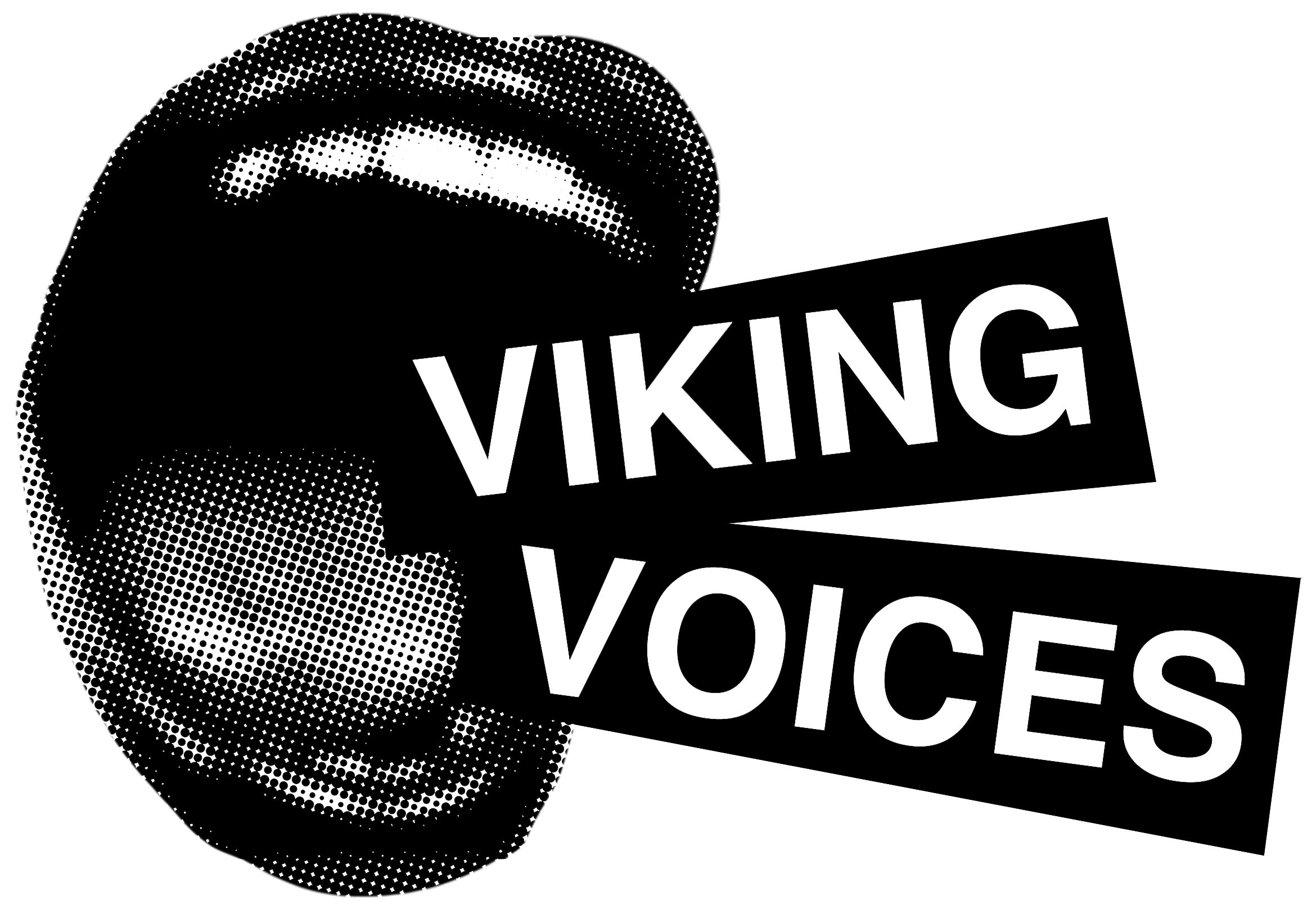A battle has been fought and an unlikely outcome has occurred: a compromise.
A city made in Oregon
A battle has been fought and an unlikely outcome has occurred: a compromise.
What started as a heated conflict between the City of Portland and the University of Oregon over our iconic “Made in Oregon” sign shining atop downtown’s White Stag building has surprisingly come to an un-dramatic conclusion. The owner of the sign, Ramsay Signs, is donating it to the city. However, what the sign will actually say is still up in the air. In the near future it may read “Portland Oregon.”
The agreement made is that the owner of the White Stag building, Art DeMuro, will front the $200,000 for the sign change and Darryl Paulsen, president of Ramsay Signs, will donate the sign, provided that the city will pay Ramsay $2,000 a month for ten years to maintain the sign. The city will get the money from the parking lot and commercial space under the Burnside Bridge.
The Historic Landmarks Commission still has to approve the proposal for the conversion to “Portland Oregon” and the leasing agreements, which won’t happen until May.
But why does the sign have to change at all?
If the sign is being donated to the city, it might make sense for the sign to actually say “Portland Oregon.” That is what City Commissioner Randy Leonard, who has been the biggest advocate of the sign maintaining representation of the city, infers on his blog where he writes, “Portland is renowned for its sense of history and place. This sign is an icon that is uniquely emblematic of Portland, and bringing it into public ownership allows the City to preserve and perpetuate its place in our skyline and our history.”
But our skyline for the past thirteen years has said “Made in Oregon” and while most people I talked to are happy with the sign being donated to the city, they are unhappy with the proposed change. Portland resident Katie Cusick simply said, “I hate it.” Marjorie Eldredge of Troutdale elaborated by saying, “I would keep it original and not take it down. It’s special the way it is, why change it? It’s kind of like changing 39th Street.”
Chad O’Connor of Portland summed it up best, saying, “It truly is a ‘sign’ of the times that a piece of Portland history can be changed and in that change lost for the sake of ‘progress.’ Portland, Oregon was ‘Made in Oregon’…Let’s keep it that way.”
It is true that Portland is “renowned for its sense of history and place,” as Leonard said. We don’t take change lightly. One comfort is that when and if the sign does change, the lettering will remain the same and it will still make a bold statement on our city’s skyline. Plus, Rudolph’s nose will still shine brightly red during the holiday season.
Everything is not yet set in stone. The proposal could be refused and everyone might have to go back to the drawing board. One thing is for sure: the battle for the sign between its owners and the city may have come to an end, but war between the people of Portland and their city officials is yet to be determined.
The sign itself, with its leaping stag, has certainly become a fixed and memorable aspect of the Portland skyline. It has established itself as part of Portland’s personality, and though it has shined a number of different phrases over the years, “Made in Oregon” has made the most impact if not become the most representative of Portland.




